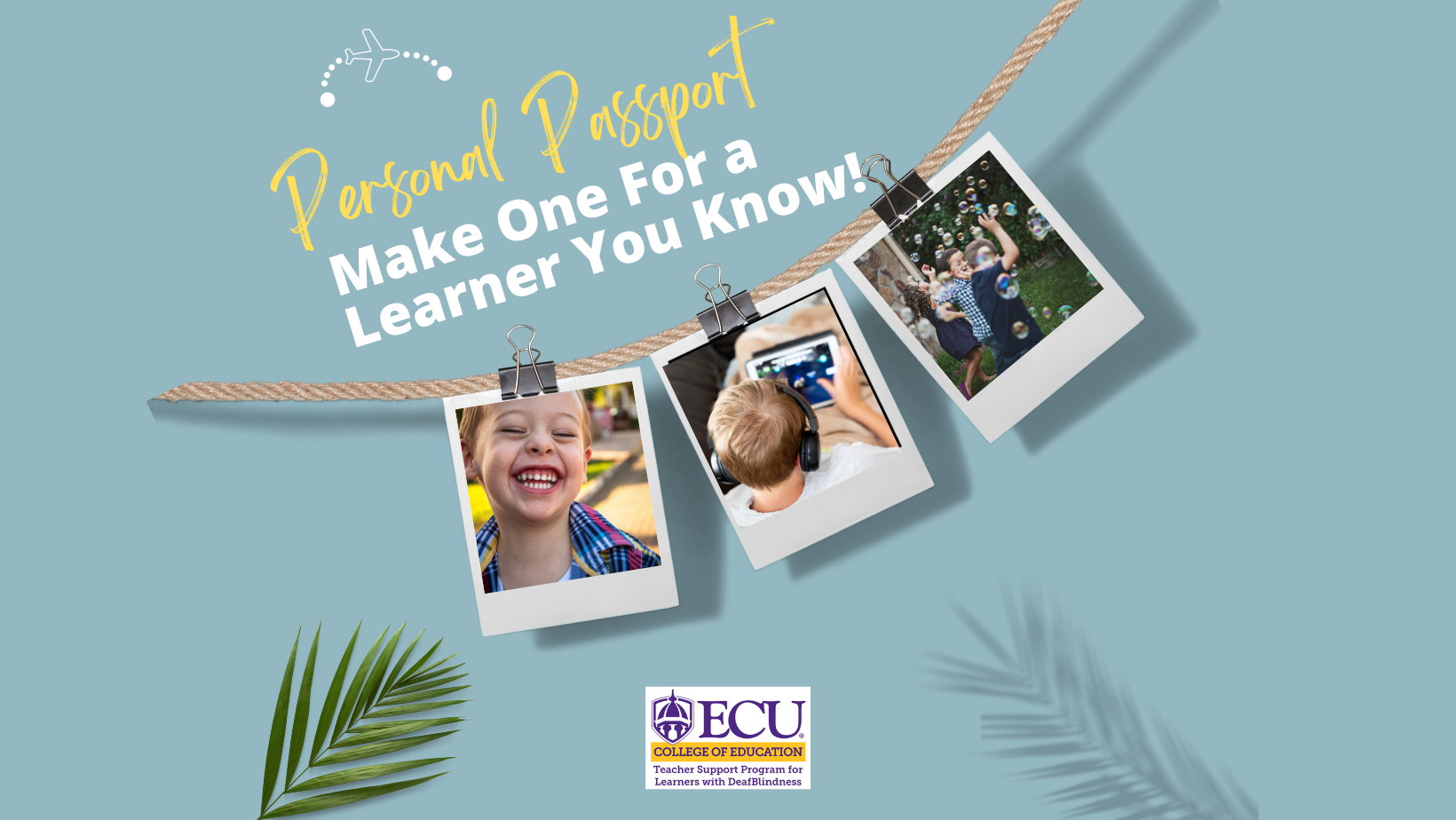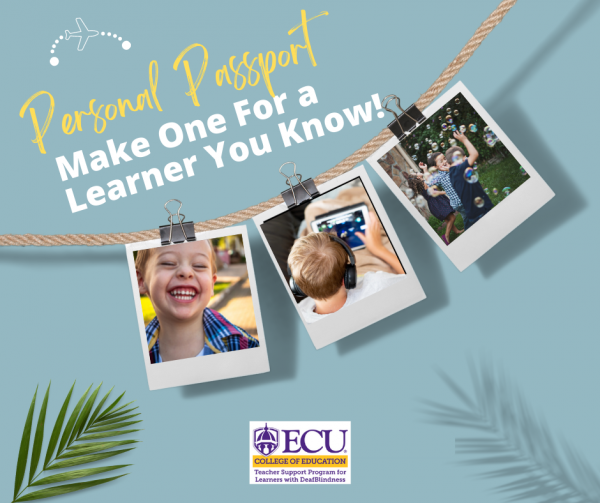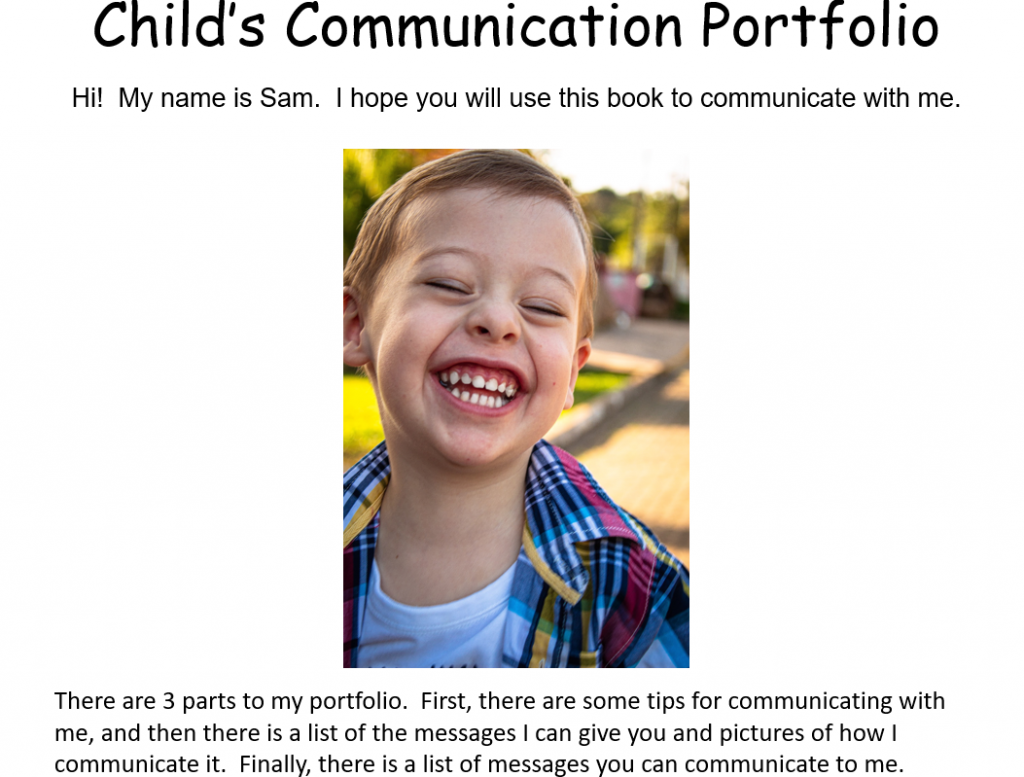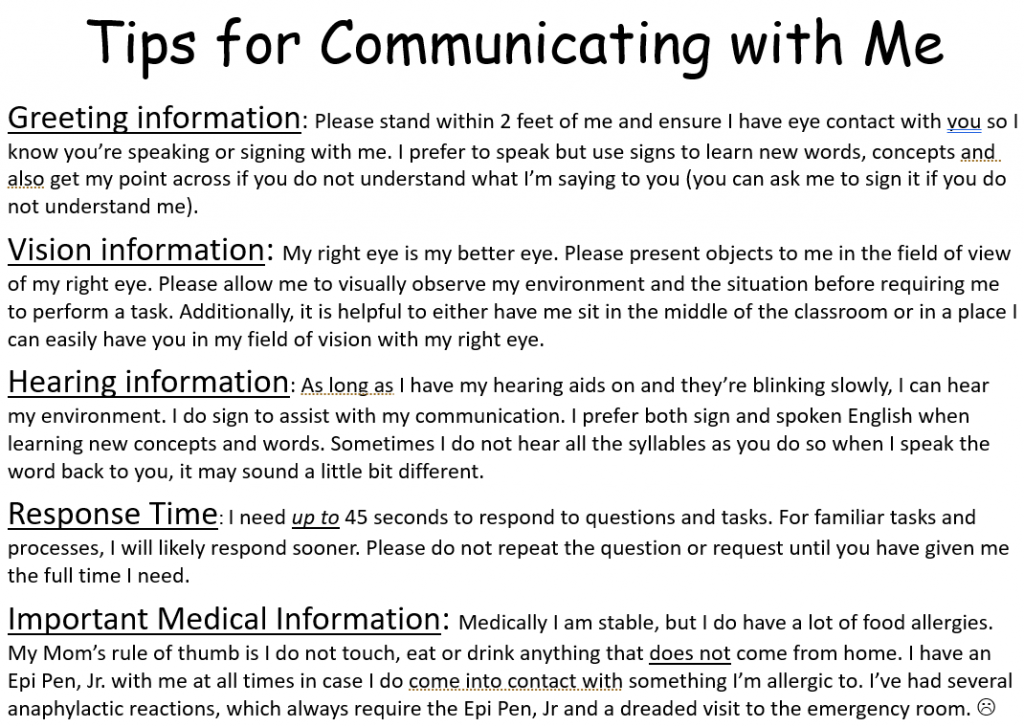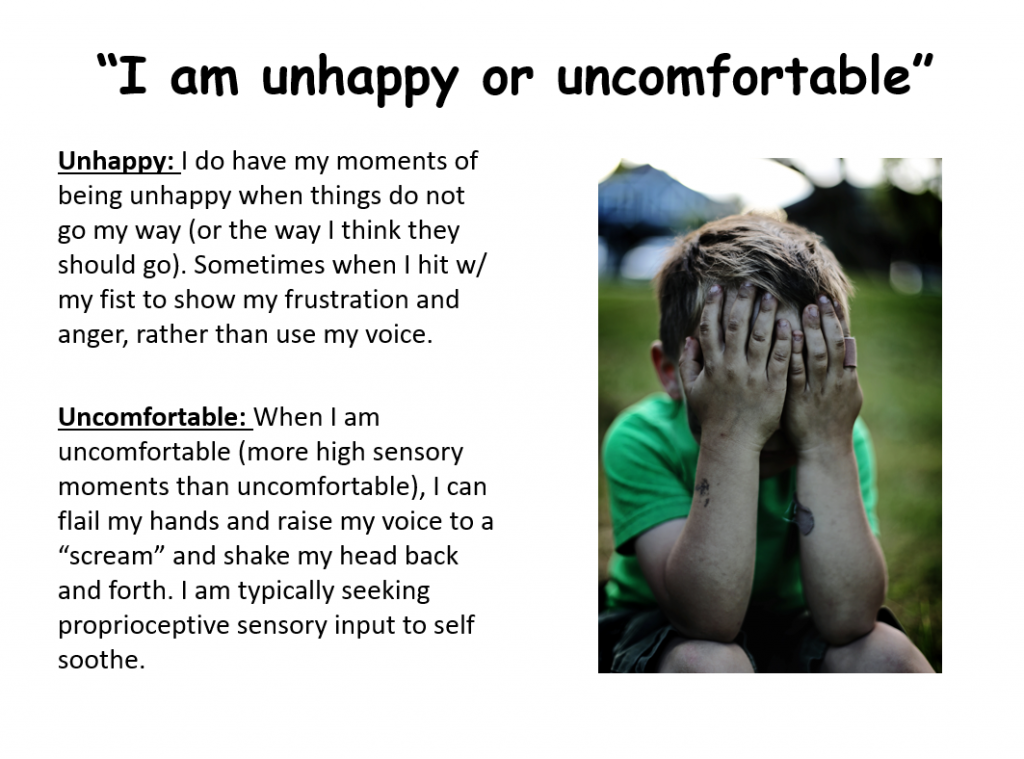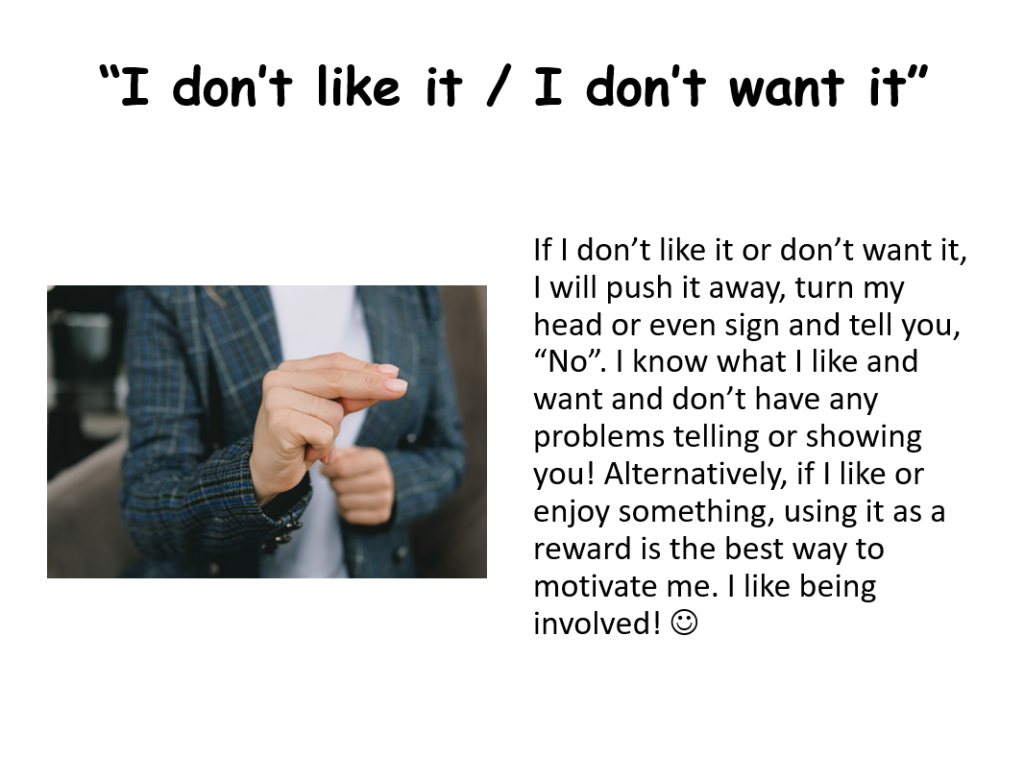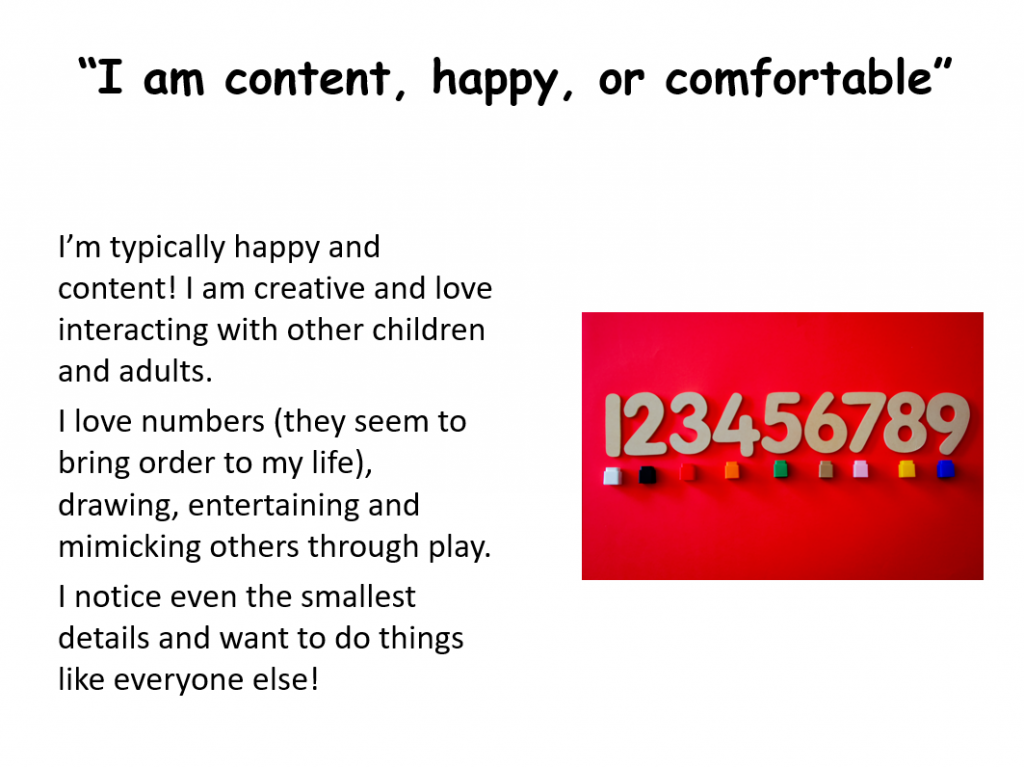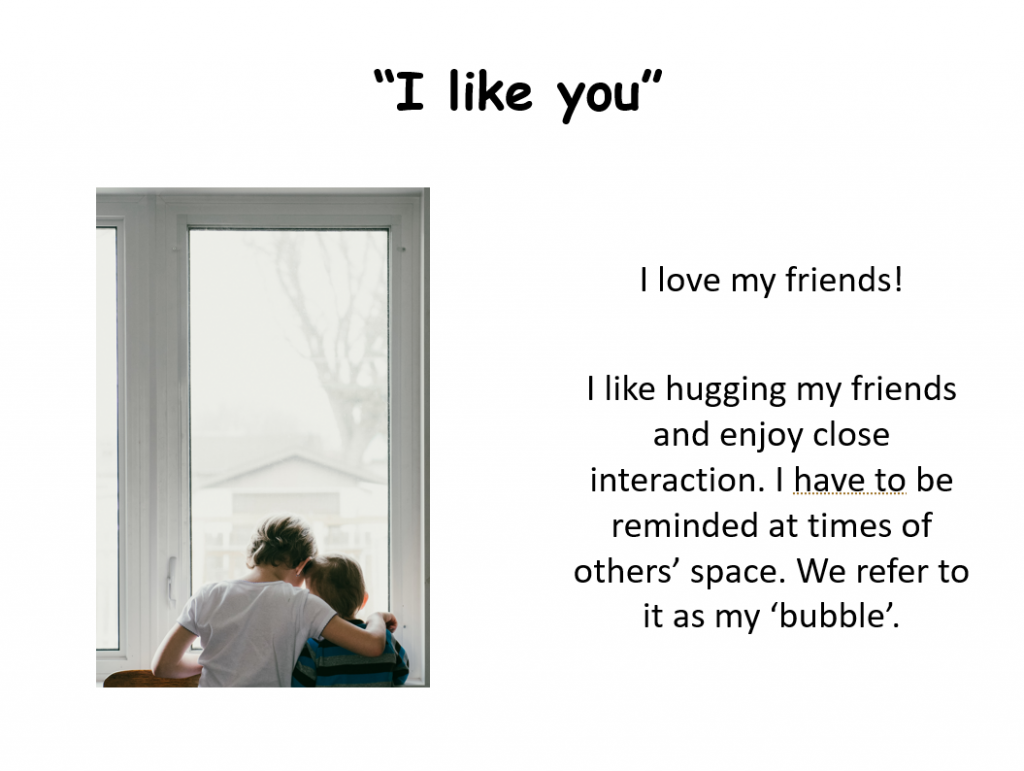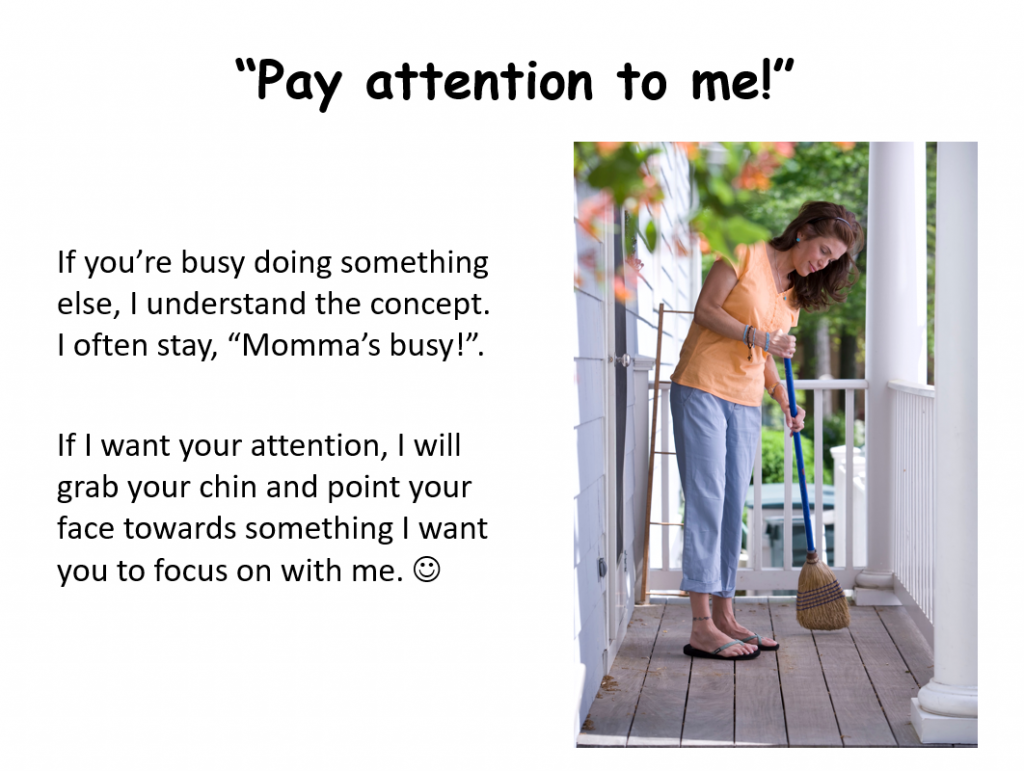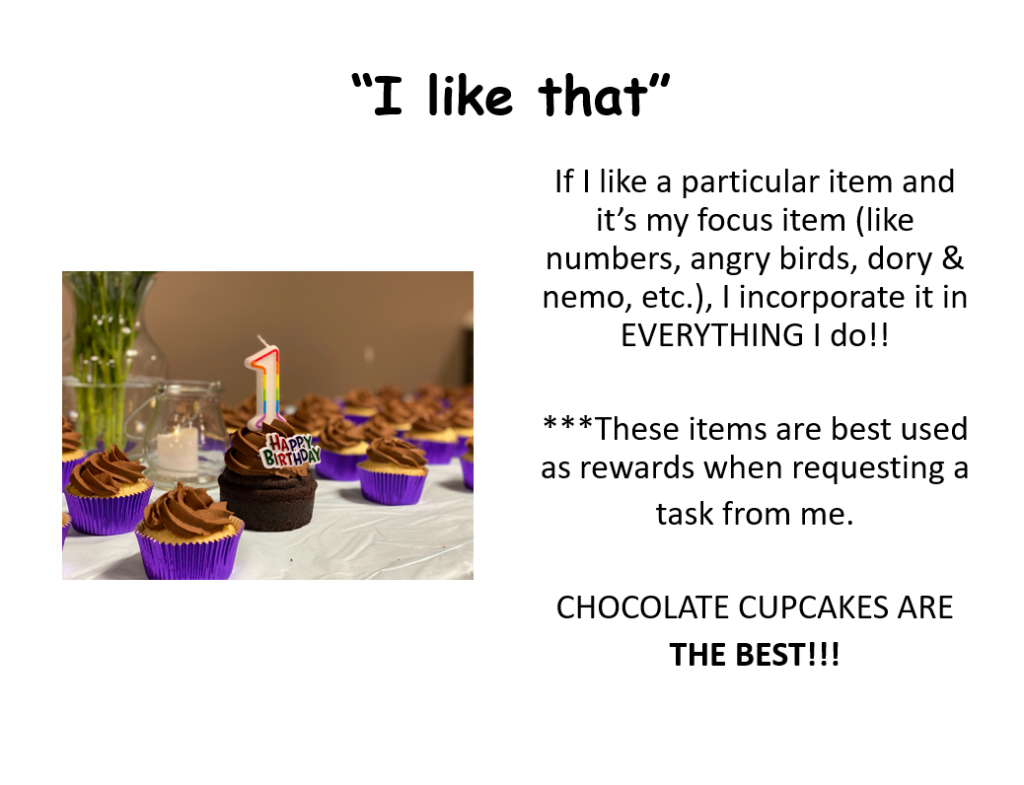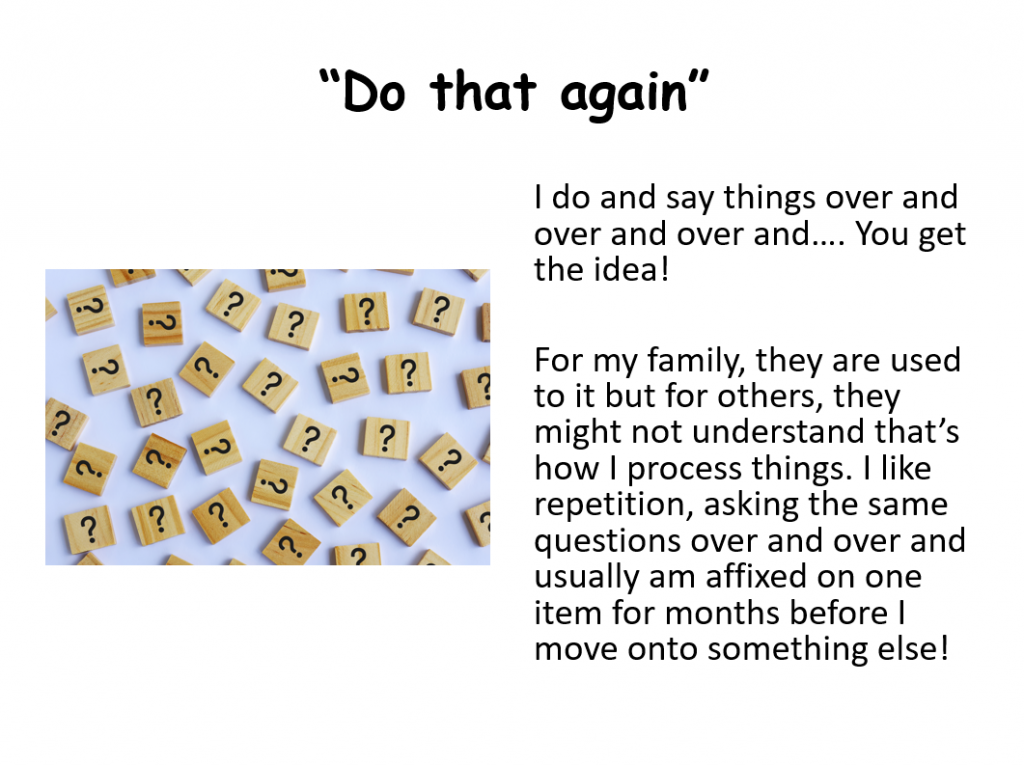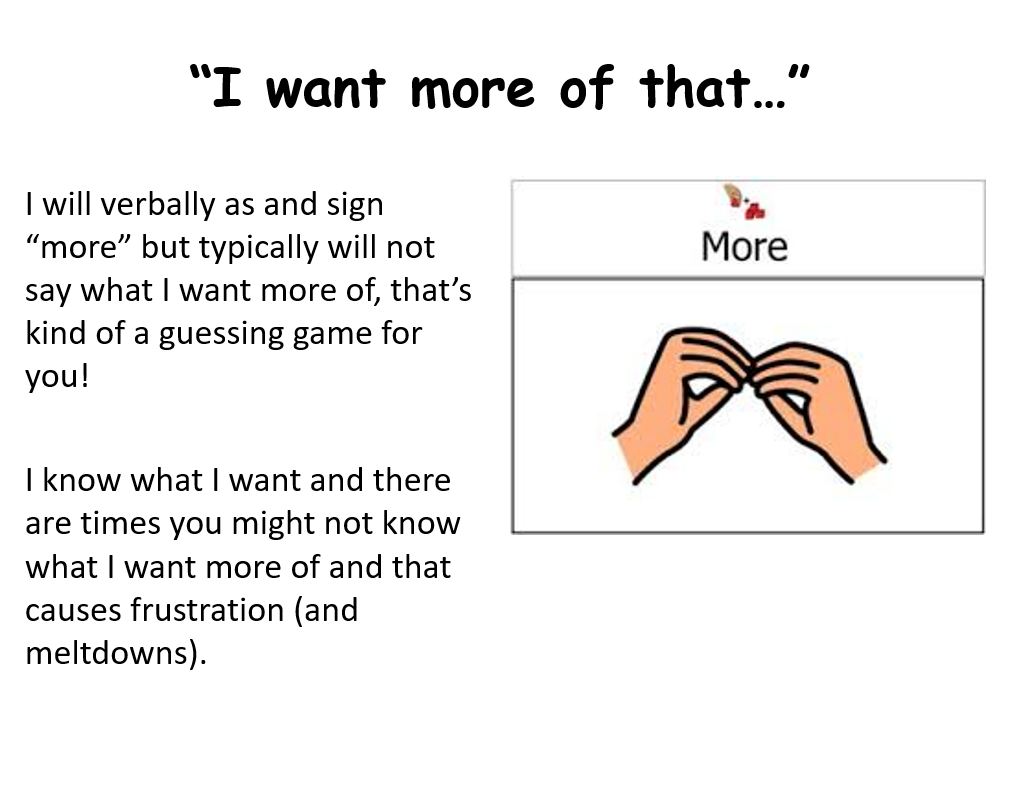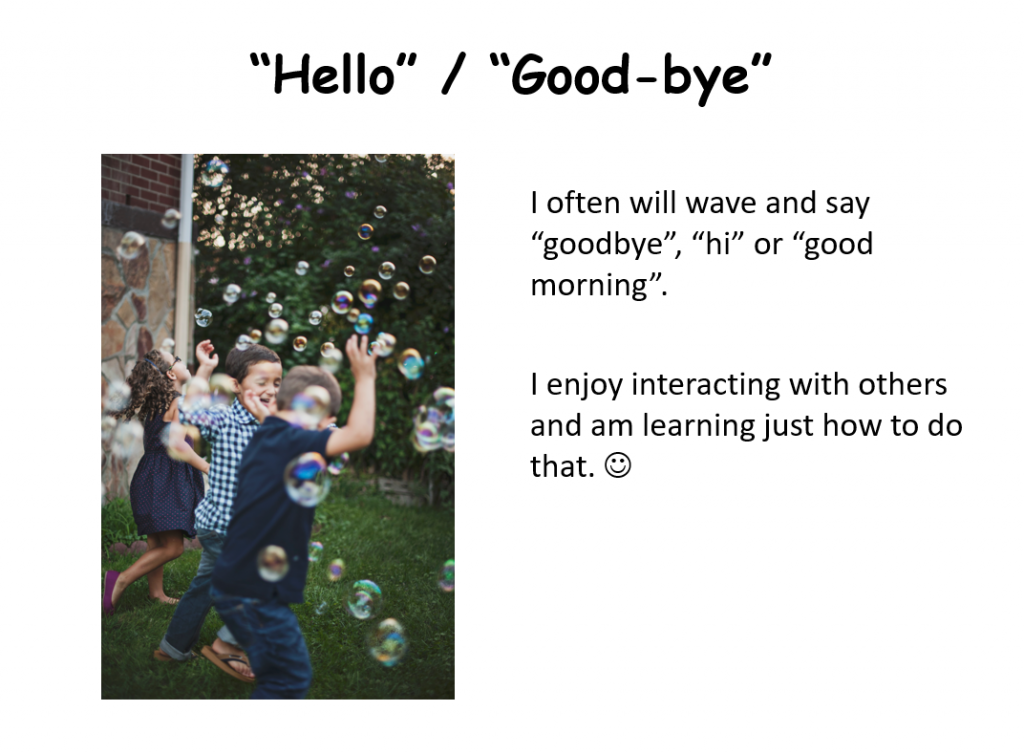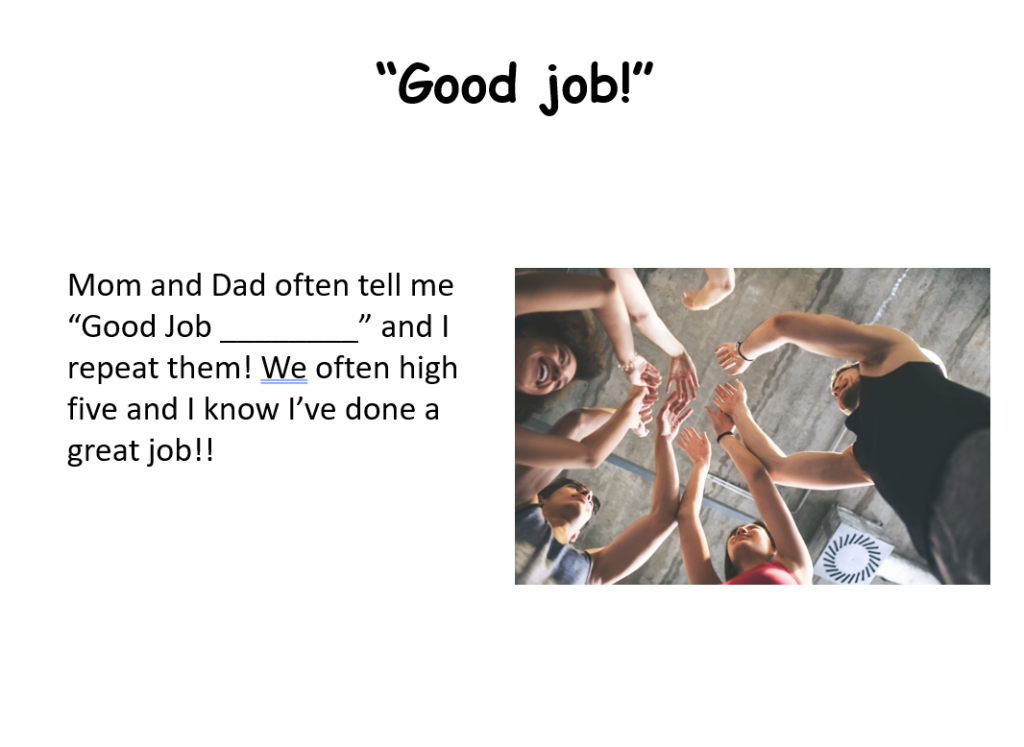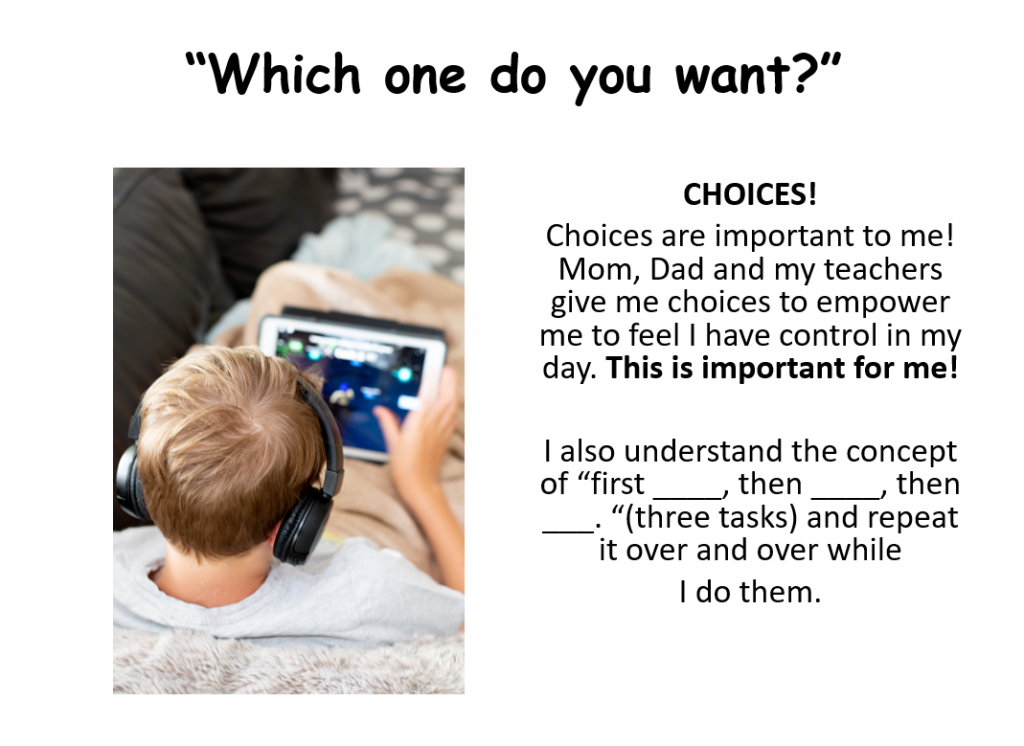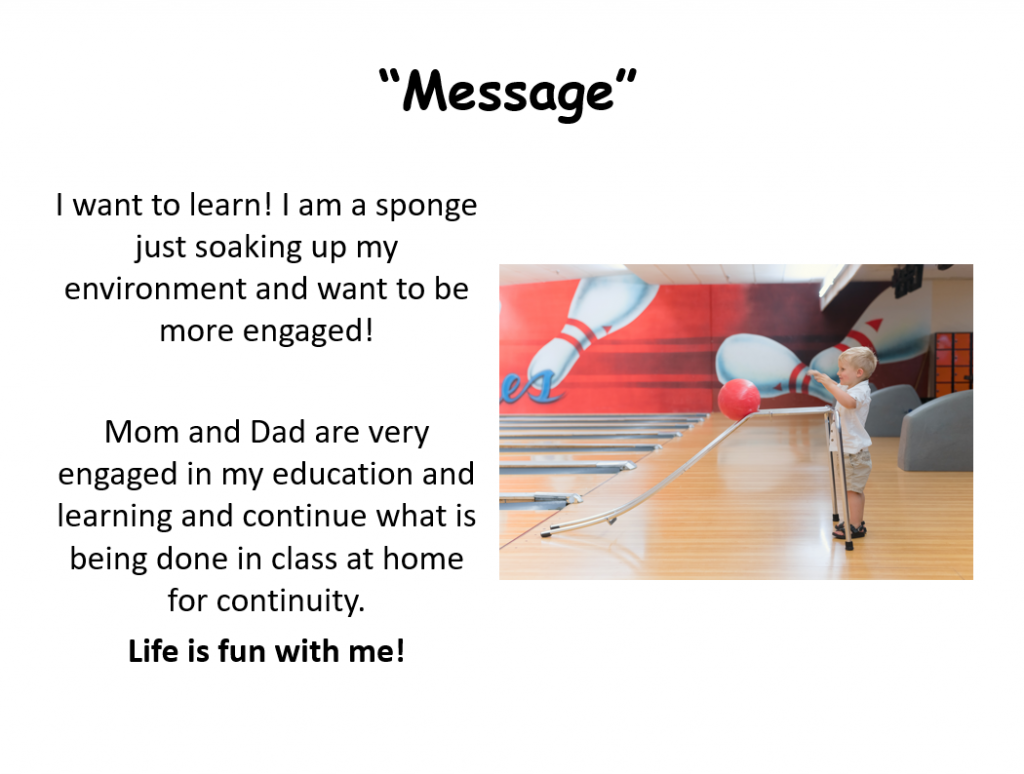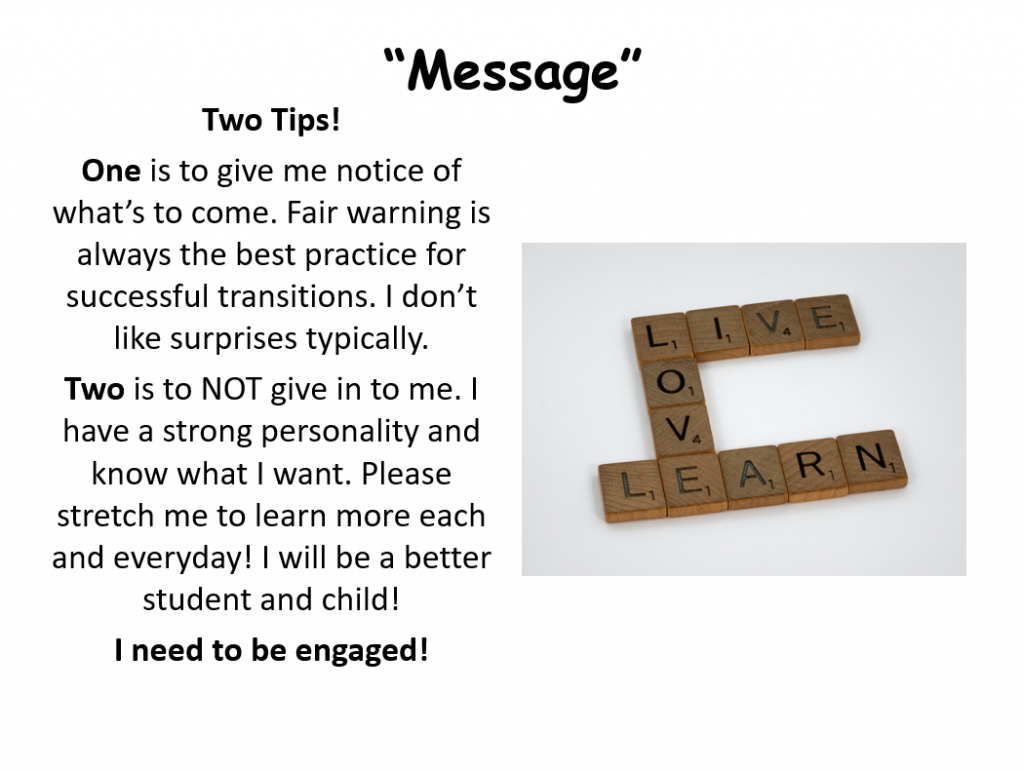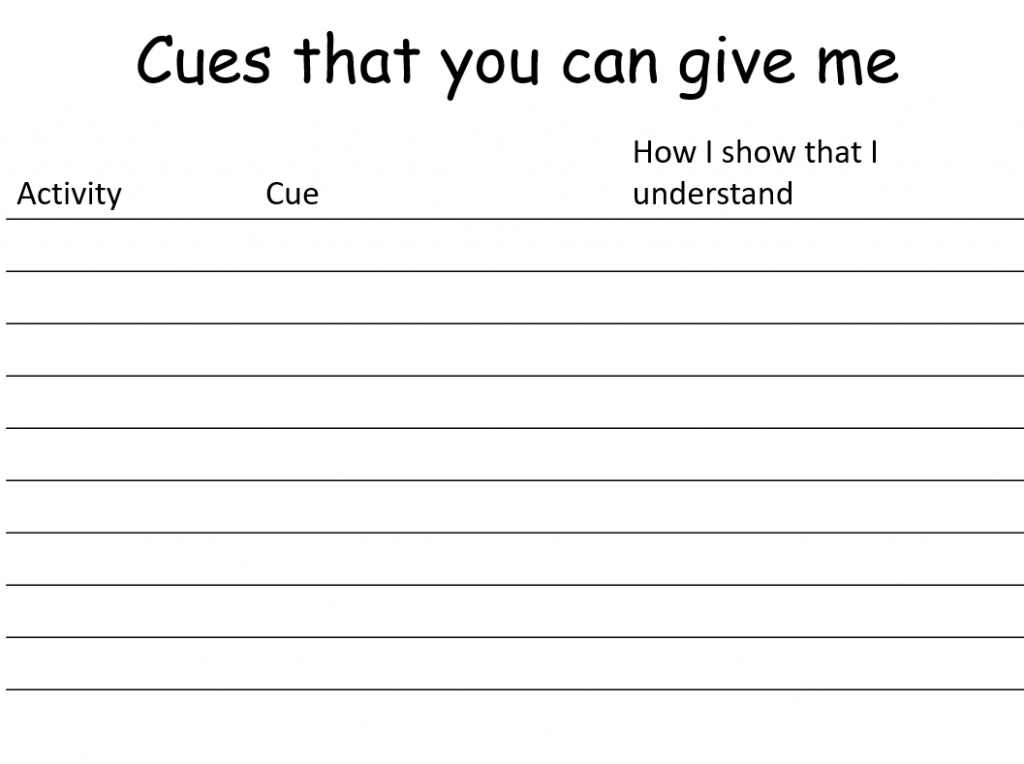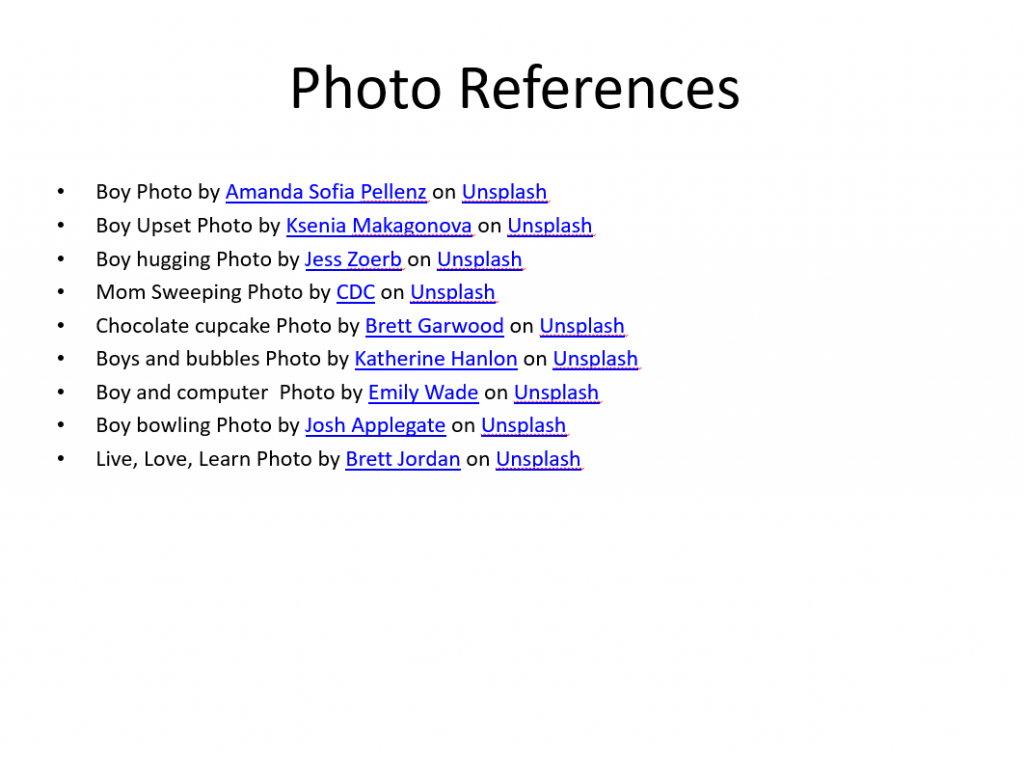We all have thoughts, opinions, and feelings but consider if you were not able to share them with others. Imagine the frustration! When you feel understood, it increases your confidence in communicating with others. You are more willing to share and reach out when you feel validated and recognized.
The personal passport is a very individualized method of sharing information about a learner through the creation of a book, pamphlet, document, or PowerPoint. It is written in a simple format that provides basic information such as likes/dislikes, communication methods, things that make them happy/unhappy, etc. The passport reflects the individual’s preferences and sets a path toward open lines of communication through the discussion of the created document.
The passport process guides families as they put their knowledge about their child on paper. It helps them develop and deepen communication opportunities and share the information with others. Adding photographs of the child and personally relevant information makes it a very rewarding way to encourage communication and understanding.
It can also guide school teams to recognize their understanding and awareness of their learner’s preferences. The passport can help clarify communication, learning, and functional life details. There are many different versions of passports online but as you select one for your learner, be sure to include the following details:
- Personalize with the learner’s name
- Add lots of photographs to detail the points on each page
- Write in the first person
- Include individualized receptive and expressive forms of communication
- Update regularly to reflect communication modes, preferences, and life changes of the learner
It helps those new people think this is a child who is a human being with likes and dislikes and memory and history of expressing themselves in ways that can be understood by the people around them—the first stage of any kind of process of self-determination. ~David Brown
Check out this example of a personal passport created for a learner with DeafBlindness:
Please note that the pictures used below were added just for this specific example. Be sure to use individualized photo examples that would provide clarity of your learner’s preferences for each detail of the passport.
Interested in creating a Personal Passport for an individual that you know? Use the following link to create your own.
https://docs.google.com/presentation/d/1-K6bwqWLtlSWkdrdCViafZVBolaKUHnO1FoWua4mJ_s/edit?usp=sharing
The information shared is based on a guide provided by the Georgia Sensory Assistance Project.
Have you used personal passports? If so, please share your experiences in the comment section below!
Julie Brickhouse, M.Ed., NBCT, East Carolina University DeafBlind Project Teacher Support Program, Technical Assistance Consultant

